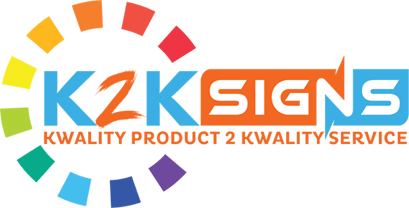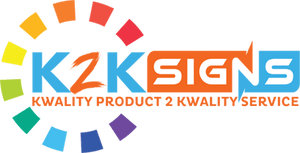The use of Globally Harmonized System of Classification and Labeling of Chemicals (GHS) is now in full effect in Australia.
GHS Signs are universal symbols used to communicate about dangerous substances and hazards. They're part of the Globally Harmonized System of Classification and Labelling of Chemicals. These signs help people understand the potential dangers of chemicals and how to handle them safely.
It is a system that is intended to classify, communicate and identify chemical hazards by the implementation of internationally recognized symbols.
Shapes : GHS Signs also use different shapes:
- Diamond: It's a warning symbol used for physical and health hazards.
- Square/Rectangle: Typically used for information like safe handling instructions.
GHS Labels must now be displayed on any and all hazardous chemicals, Safe Work Australia has released Safety Data Sheets and Labelling Classification Charts to help all users determine which of the 9 options should be used.
Our GHS Labels are made from thermal transfer material or a synthetic stock to ensure durability and a longer lifetime especially when stored outdoors or in direct sunlight.










